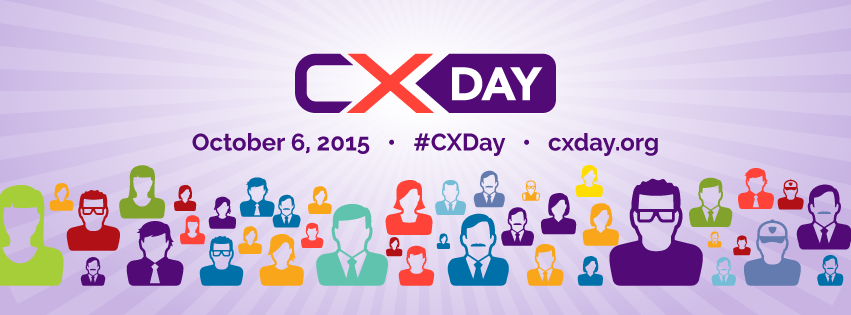Happy CX Day! On this important day, I want to discuss an important topic: strategy.
In a recent post, I lamented how many companies today focus on business strategy first and customer experience strategy second. They decide what they’re going to do—and, as an afterthought, make decisions about how they’ll deliver their products and services.
Everyone loves to talk about how Zappos.com delivers a great customer experience. But one thing that gets overlooked in these conversations is the order in which its executives made decisions about both the what and the how. In Delivering Happiness, CEO Tony Hsieh talks about his unwillingness to compromise the Zappos.com customer experience—and some of the tough business decisions he had to make in order to protect it. The company:
- Relocated headquarters from San Francisco to Las Vegas in order tap into a talent pool that was more focused in customer service as a career, not just as a temporary gig between jobs or school semesters. This move also reduced the company’s real estate overhead and overall operating costs.
- Relocated its warehouse from California to Kentucky—just 15 minutes from a UPS hub—to better handle its growing inventory, cut shipping expenses, and get orders to customers faster. (As Tony says in his book, “It was good for our customers, and it was good for our bottom line.”)
- Still refuses to match competitors’ prices, thereby protecting profit margins, which can then be applied to the cost of its often-lengthy customer service calls.
Of course, there were many competing priorities that influenced these decisions—cash flow among them. But Hsieh never lost sight of the experience. He never made business decisions without considering the impact of those decisions on customers.
How can you replicate this style of strategic decision-making within your own organization?
1) Discover what your brand really stands for. Your company’s brand should be the guiding light for the type of customer experience you deliver. But don’t rely on the marketing team’s assumptions about what your brand stands for. Ask your customers what your brand means to them and what kind of experience they’re expecting you to deliver across the entire customer journey. Repeat this process with your employees and key partners.
2) Distill experience themes. From your research, identify a handful of experience themes to form the basis of your customer experience ambition—a description of what your ideal experience should look and feel like. These words or phrases should differentiate your experience from that of your competitors and be specific enough to guide strategic and operational decisions. Hint: Themes like “easy” and “delight” won’t cut it.
3) Map the future-state customer journey. Use each of your experience themes as a lens to discuss what the future-state journey should look and feel like for customers. For example, how could a theme of “transparency” be embodied in the onboarding experience? How would we need to change existing interactions? Do we need to add additional touchpoints?
4) Determine what activities will support your intended experience. One of my favorite business planning tools is the business model canvas, a template that helps organizations map out key elements of their business strategy, including infrastructure, key offerings, target customers, and finances. As you fill in the various sections (e.g., “Should we implement fixed pricing or dynamic pricing?), debate with your team and ensure your choices align with the experience you intend to deliver.
This way of thinking—customer experience first, business strategy second—is new, if not completely foreign, to many executive teams, and it will take time for organizations to change the way they make business decisions. But this mindset is essential to delivering a customer experience that will produce the business results that companies are chasing.
***
This post is part of the Customer Experience Professionals Association’s Blog Carnival “Celebrating Customer Experience.” It is part of a broader celebration of Customer Experience Day. Check out posts from other CX Day bloggers & learn more at CXDay.org.




